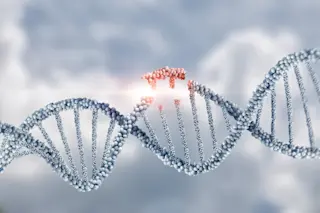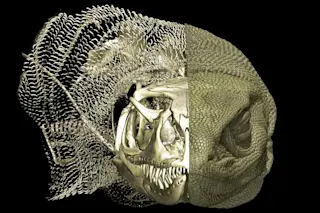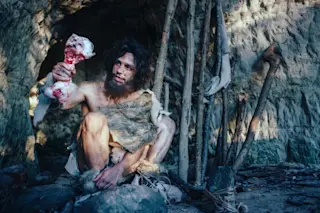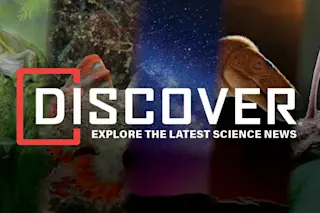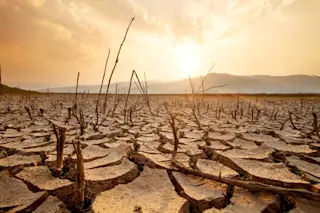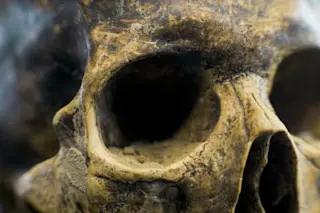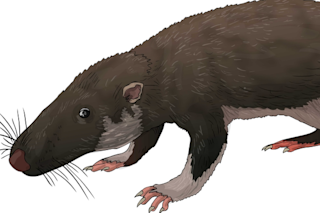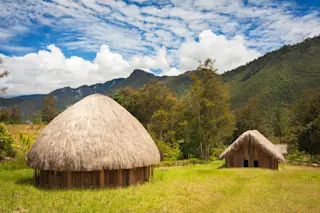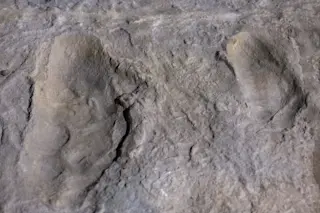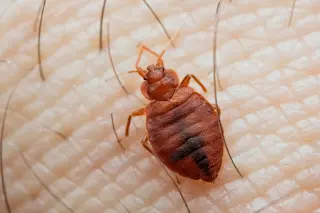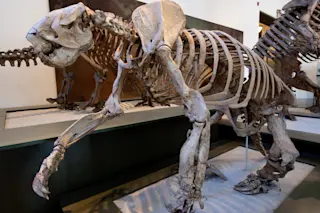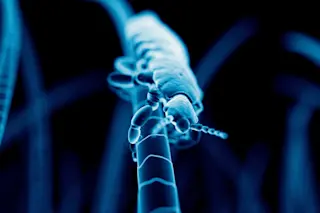Draw a line back through time from today’s person, panda, porpoise, pelican, or perch and it ought to end with their earliest progenitor. In the mists of the ancient past, a single organism must have given rise to us all. But that raises an interesting question: Where did this animal come from? What did it look like? And what are its nearest living relatives?
To understand what the first animals looked like, Mitchell Sogin, an evolutionary microbiologist at the Marine Biological Laboratory in Woods Hole, Massachusetts, used advanced automated DNA technology and computing power to trace the molecular evolution of dozens of today’s oldest known species—jellyfish, sea anemones, sponges, mollusks, starfish—back to their common point of origin. When he grouped the species in the precise order of their appearance on Earth, from less complex to more complex, he landed on sponges.
Even Sogin was taken aback. “Sponges didn’t seem like ...


